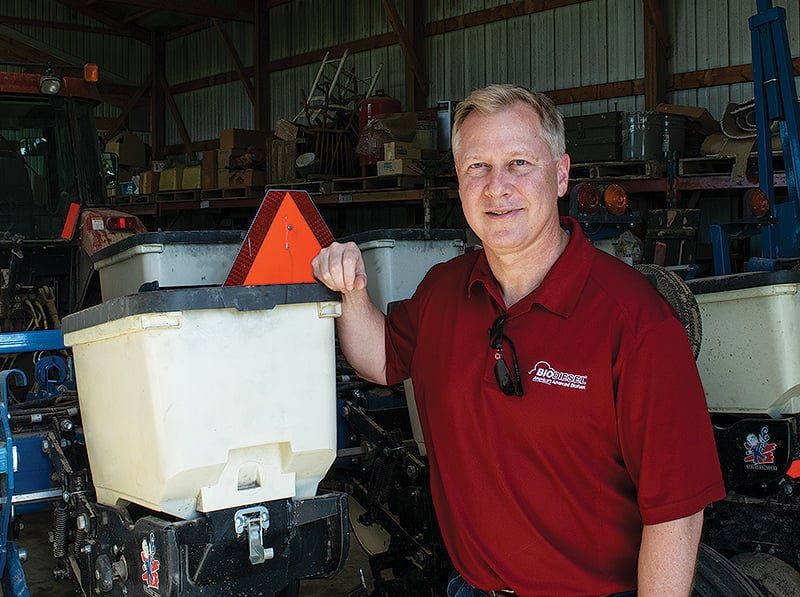No-Till Farmer
Get full access NOW to the most comprehensive, powerful and easy-to-use online resource for no-tillage practices. Just one good idea will pay for your subscription hundreds of times over.

ROUGING OUT THE EDGES. Alan Weber and his father, Jerry, turned to no-till practices to help improve soil tilth and manage moisture levels in their challenging high-clay or rocky soils in central Missouri, where they raise corn and soybeans and manage a 50-head commercial cow-calf operation.
When Alan Weber was in college he’d often have friends come with him to visit family and some would remark how beautiful the rolling countryside was that Weber’s family lived in.
“That’s great, but it’s not a recipe for raising crops,” Weber recalls, noting the typical farm in Weber’s immediate area around Hughesville, Mo., in many cases, is only about 50% tillable for crop production.
But Weber’s family has made a decent living most years after converting the farm to no-till practices and adding cover crops to both increase soil health and diversify their grazing program — which is saving them good money.
“We’d spend a lot of time when I was a kid walking the fields picking up rocks. It’s a lot better now. We don't usually walk the fields anymore.”
The Webers’ farm totals 870 acres and is roughly split evenly between livestock and no-tilled corn and soybeans. Jerry runs their 50-head cow/calf operation and Alan focuses on crop production. The livestock are Hereford bulls and angus, red angus and black-baldy cows.
Alan’s father Jerry started no-tilling in…